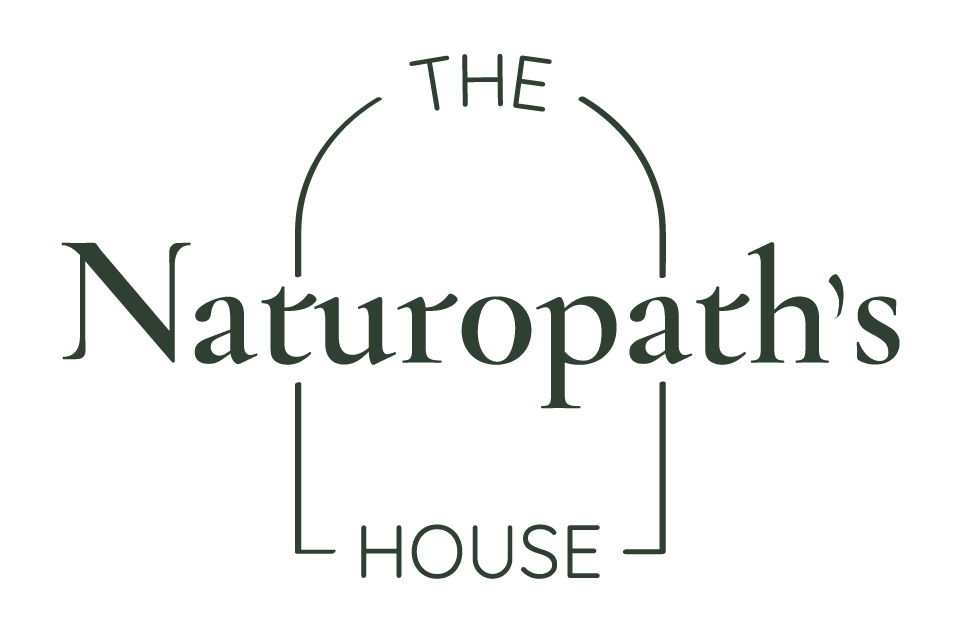
Osteoporosis affects the skeleton, characterised by microarchitectural deterioration of bone tissue and loss of bone mass. Osteoporosis (meaning ‘porous bone’) increases bone fragility and susceptibility to fracture. On the same scale osteopenia is a clinical term used to describe a decrease in bone mineral density below normal reference values, yet not low enough to meet the diagnostic criteria to be considered osteoporotic.
Over 1 million Australians have osteoporosis. The true prevalence, including undiagnosed cases, is likely higher than this.
Some risk factors for reduced bone mineral density include: imbalanced hormone health (i.e. oestrogen, testosterone, thyroid and parathyroid hormone), some medications (i.e. Glucocorticoids), poor uptake of nutrients (i.e. celiac disease), long term calorie restricted diet, poor nutritional intake, smoking/excess alcohol consumption, sedentary lifestyle and family history.
Further to bone health we know osteoporosis and osteopenia can impact one’s quality of life. A National Health Survey found people with osteoporosis or osteopenia had around double the rates of reporting ‘fair’ to ‘poor’ health, ‘high’ to ‘very high’ psychological distress and ‘moderate’ to ‘very severe’ bodily pain, compared with people without the conditions after adjusting for age.
It is clear adequate prevention and treatment of osteoporosis is a very important health goal.
Bone is living tissue and its homeostasis depends on two key cells: osteoblasts and osteoclasts. Osteoblasts form new bones and add growth to existing bone tissue, while osteoclasts dissolve old and damaged bone tissue so it can be replaced with new, healthier cells created by osteoblasts.
Some factors that assist bone health include:
- Lifestyle factors: appropriate weight-bearing physical activity, exposure to sunlight, reduction of alcohol and nicotine (if consumed).
- Dietary factors: Reduction in processed/ultra-processed foods. Opting instead for high quality, fresh, seasonal, and local wholefoods wherever possible. Ensuring adequate calorie intake from as many foods groups as tolerated is also important. Special attention to urinary pH can provide insight into the balance of acid/alkaline nature of foods consumed; another crucial dietary element to bone health.
- Functional foods and nutraceuticals: There is a growing body of evidence for vitamin K2, specific collagen peptides and sulforaphane along with many others.
- System specific support: Optimising gut health for nutrient absorption and hormonal evaluation (identifying excess or deficiencies that may be present, contributing to reduced bone density).
Taking a naturopathic approach to osteoporosis involves understanding the interconnectedness of factors affecting bone health. Reflecting of some of the above-mentioned considerations, when we improve the nutrient density of diet, correct nutritional deficiencies, identify and remove toxicities, get outside in the sunlight, move the body intentionally and then provide individualised recommendations as required we can start to create an environment that is supportive of not only the bones, but entire body and overall quality of life.

